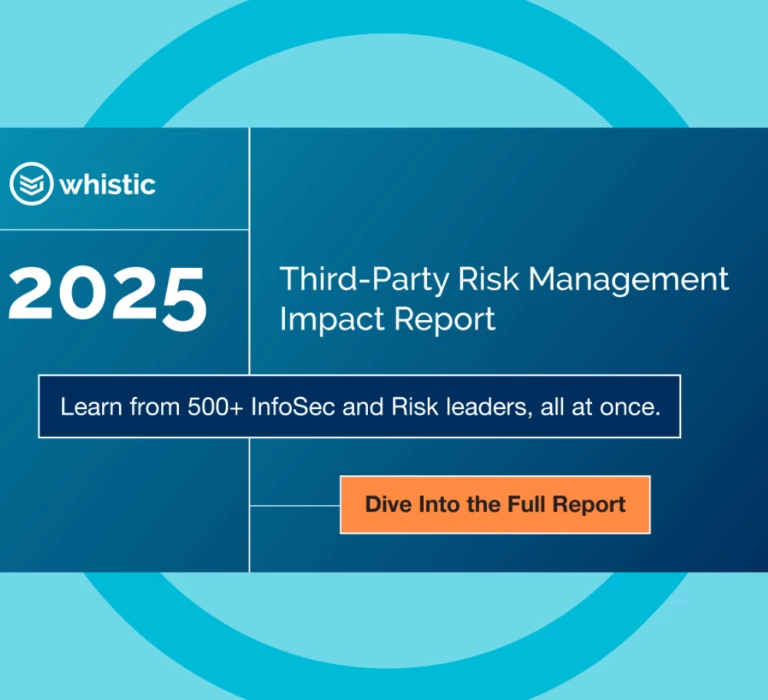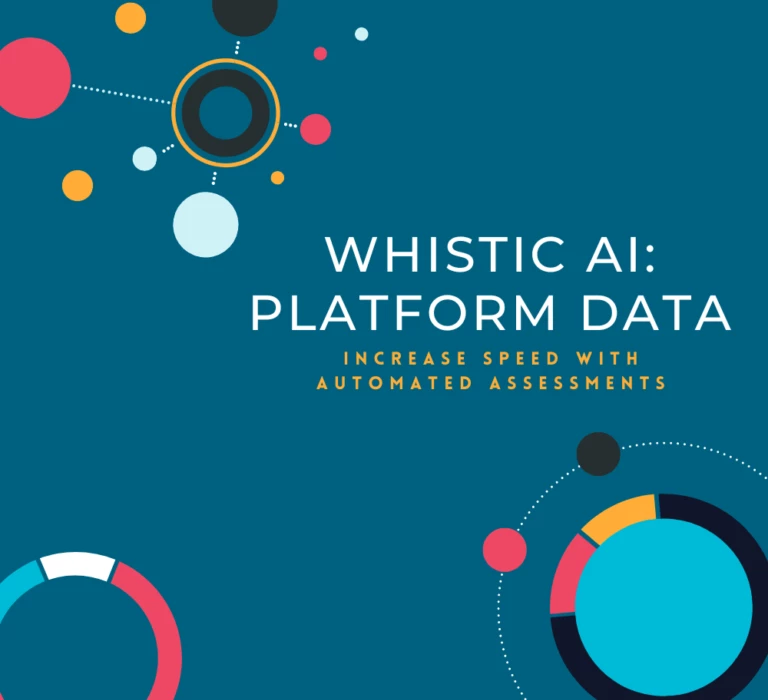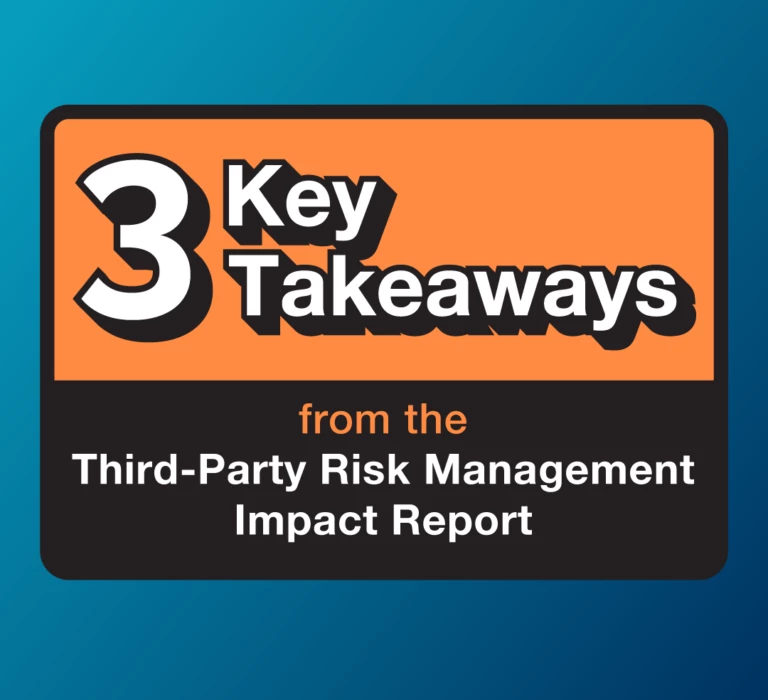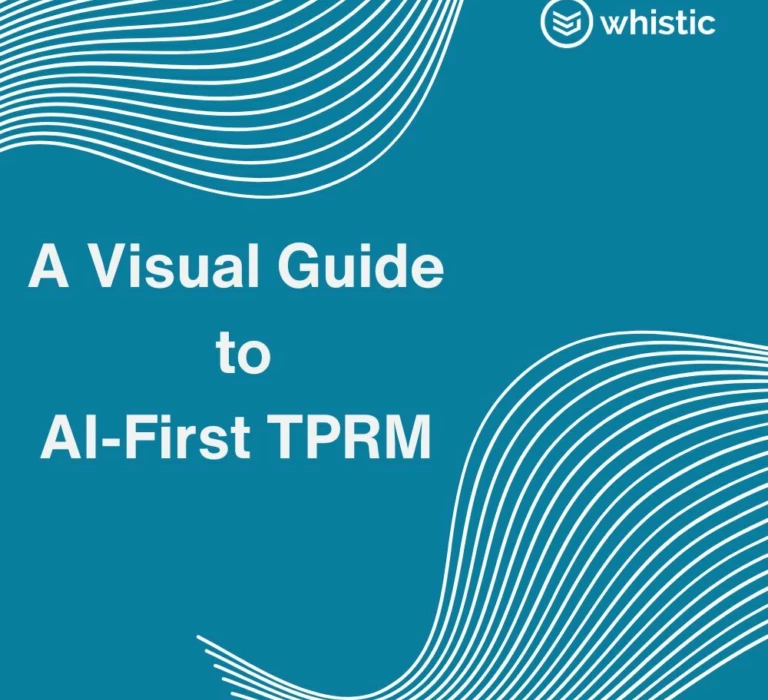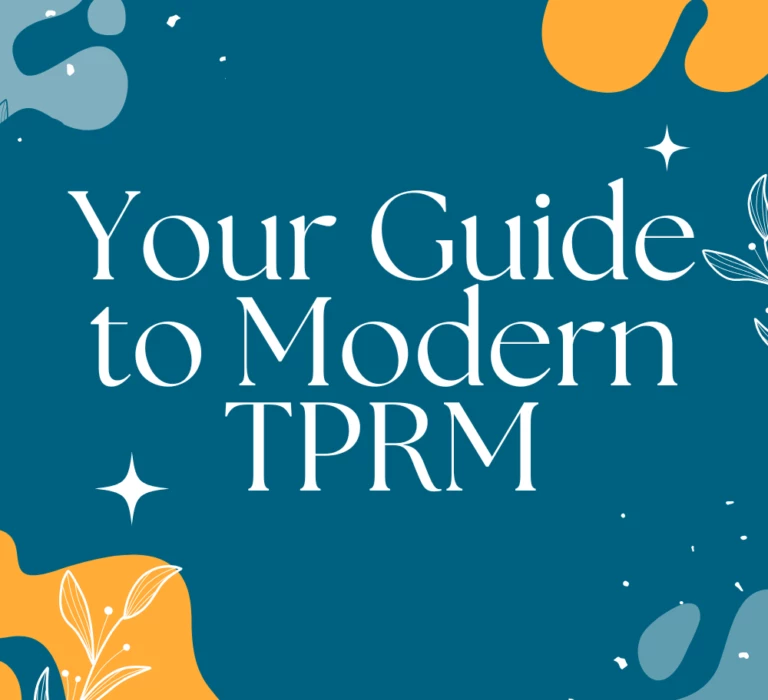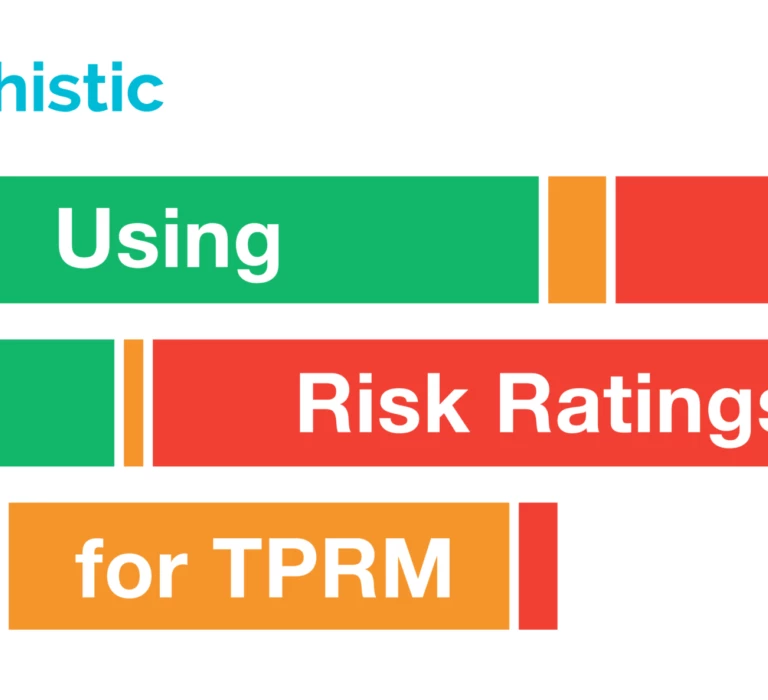

Vendor Assessments
Strengthen Your Program: How Risk Ratings Improve Vendor Risk Outcomes
Risk ratings provide real-time insight into your vendor landscape. Find out how to use them effectively in your TPRM process.
Read MoreReady for faster assessments, richer insights, and lower costs? Meet the next generation of Assessment Copilot.
Ready for faster assessments, richer insights, and lower costs? Meet the next generation of Assessment Copilot.
The latest blogs, webinars, customer stories, product updates, and industry news for proactive, trust-first vendor security.


Risk ratings provide real-time insight into your vendor landscape. Find out how to use them effectively in your TPRM process.
Read More